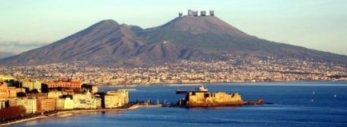Speaker
Description
The availability of deep, wide area surveys in the optical and near-infrared regime have opened a window of opportunity for the study of the low surface brightness universe over many different scales. One of the key science goals for such research is the characterisation of low surface brightness galaxies, both in and outside of galaxy cluster environments. This includes explaining the puzzling origin of the ultra-diffuse galaxies, and answering the question of whether or not they exist with significant population in the field. Instruments like the VST provide us with deep observations, but a sophisticated approach to source detection is required to utilise them to their full potential. In my talk I will discuss new detection methods for low surface brightness galaxies and their applications, specifically towards the Fornax Deep Survey (FDS) and other VST data. The development and testing of such techniques is of prime importance for future wide-field surveys such as Euclid and LSST.

